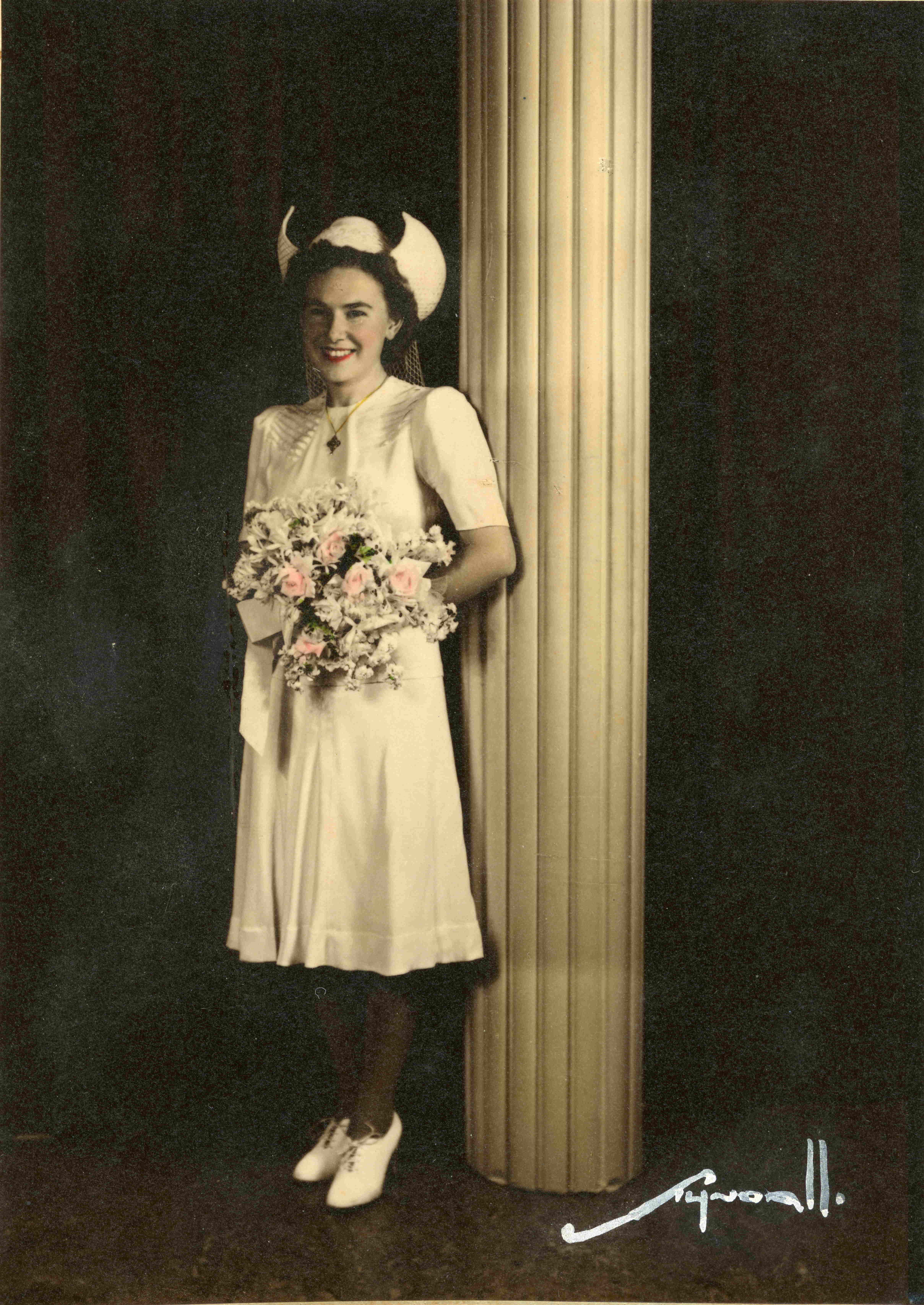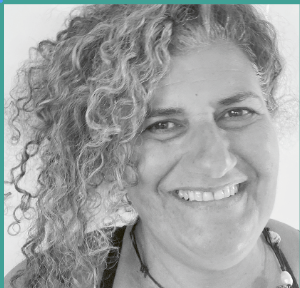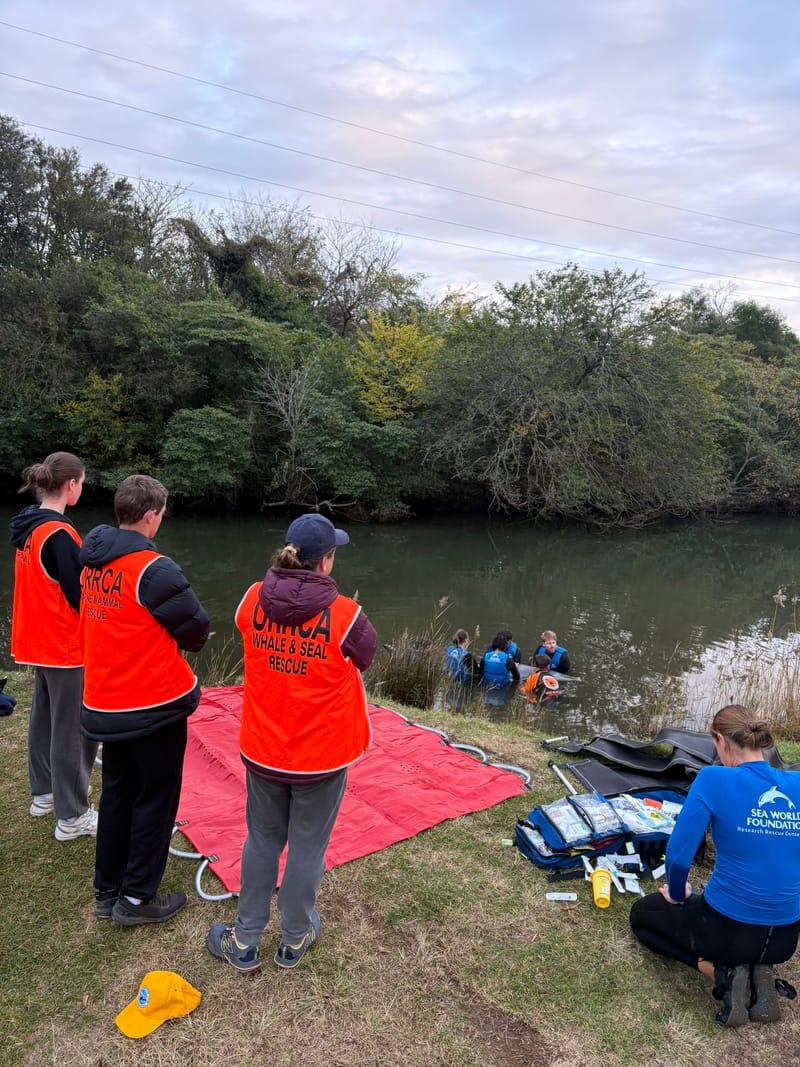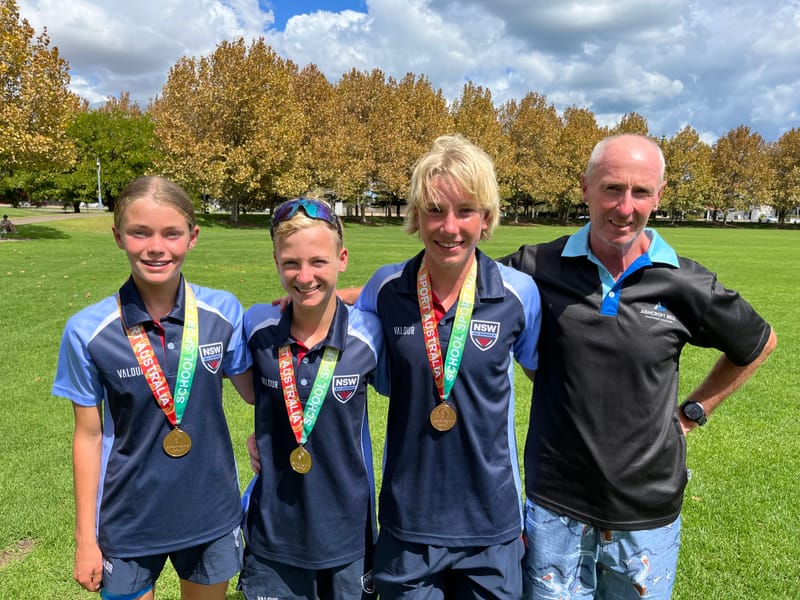Vale Dorothy Sefton: The Thirroul Gem
It has been a sad start to 2021 with the passing of Thirroul legend Dorothy Sefton in early January. Living independently until very recently, she passed away at home in Station Street, where she resided for 77 years. She was 98. As a four-year-old...

It has been a sad start to 2021 with the passing of Thirroul legend Dorothy Sefton in early January. Living independently until very recently, she passed away at home in Station Street, where she resided for 77 years. She was 98.
As a four-year-old, Dorothy Green moved to Thirroul from Auburn in 1927 with her mother and brother, Maurice, after Dorothy’s father died of tuberculosis. The Greens settled into the area quickly and her mother established a dressmaking business. Thirroul became Dorothy’s playground. Dorothy spoke of the freedom she had, scampering up to Sublime Point prior to steps and ladders or beachcombing along the shoreline, collecting washed-up coal around the old jetty at Sandon Point to use at home. Imagine young Dorothy’s Thirroul – King’s Theatre (now Anita’s) was the newest building in town and horse and carts were the main mode of transport.
Dorothy attended Thirroul Public School and later was selected to attend Wollongong High School. Leaving school, she was awarded a scholarship to attend Business College in Sydney. She continued to commute to Sydney, working for the colourful trade union leader and communist Ernie Thornton. Her days were long, with a two-hour trip each way on the old red rattlers. A job with Bernie Kirton, owner of the Excelsior Mine, brought Dorothy back to her home town.
Through the Methodist Church she met Allan, they married in 1943, buying the old Stationmaster’s house in Station Street. They raised five children: Gary, Kathleen, Phillip, John and Andrew.
Dorothy immersed herself in the local community and church. She was a campaigner for equality, social justice and for those less privileged. You could not meet a kinder lady than Dot Sefton. Her interest in geology and gem-fossicking led her to establish the Illawarra Lapidary Club in 1962, which took her all over the country on trips of discovery. An advocate for education for all, she was instrumental in founding the Illawarra Workers’ Education Association (WEA), where she worked tirelessly for many years in voluntary and paid employment.
On fete days at Austinmer Methodist (Uniting) Church there would be a rush to buy Dot Sefton’s marmalade. Her marmalade was famous and it raised thousands of dollars over many years.
The couple became leaders in their fields. Both brilliant minds and wonderful people. Allan’s passion was the local environment, he devoted all his spare time to studying the flora and fauna of Lake Illawarra and the Illawarra Escarpment. His research notes on the bandicoot and funnel web spider relationship led the CSIRO to develop the anti-venom in use today throughout Australia. Along with his cousin, Doug Gibson, they commenced the longest running research on seabirds in the world. The University of Wollongong established the Allan Sefton Memorial Lecture in his honour.
Dorothy attributed her longevity to growing her own fruit and vegetables and involvement in the community. She and Allan were advocates of organic gardening before the term was coined.
Dorothy was the go-to person on all things Thirroul history and folklore. She was much admired and loved, and her death leaves a big void in our community. She was a role model and mentor to many, including myself. I have one last jar of her marmalade, which I will cherish and keep for a very special occasion.
Embracing Cultures
Several weeks after the Seftons settled into married life, they got new neighbours. This new family on the street was strikingly different in Thirroul, they were foreign, having emigrated from Lebanon in the early 1920s.
The Sahades outgrew their first home in Harbord Street, where they ran a shop from the front room, and purchased the boarding house Glen Ayr in Station Street to accommodate their family of 10.
My mother Mary, the eldest daughter, became friendly with Dorothy. Although similar in ages, Dorothy, being married, was always referred to as Mrs Sefton. At a time when the White Australia Policy was in full swing, the Seftons embraced the cultures and customs of our Lebanese family.
Dorothy and Allan taught my mum’s family English and how to be Australian and the mums shared their food and cooking traditions. This ranged from introducing new crops, such as coffee and olives, to milling wheat for traditional dishes through to making soap.
It went beyond that: the Seftons showed tolerance and kindness and became firm friends with a ‘new Australian’ family, which was out of the ordinary for those early times. The Seftons and Sahades remain lifelong friends.
In 1988 I bought my grandparents’ house and got to know Dorothy as an adult. Dorothy told me many stories about my family in the early days, including the hard stories of a foreign family assimilating. Again, across the fence, food and love was shared. Her no-nonsense attitude to life – to just dig deep and get on with it – will be missed, but it will be her irreverent humour that I will miss the most.
Rest in Peace, dear Dorothy.
ABOUT THE AUTHOR
Donna Henderson grew up not far from Thirroul, in Corrimal and still considers herself ‘not a local’. In the 1920s, after emigrating from Lebanon, Donna’s grandparents settled in Thirroul, where they formed a friendship with the Sefton family. Donna loves this area and is an advocate for the weatherboard house and sustainable development. With a background in engineering, landscape design and project management, she believes it can be achieved. In her spare time, Donna can be found restoring her 130-year-old home, where she lives with her partner Andrew and their son, or at the Austi change sheds, singing up a storm with the Sea Sharp Singers. In this issue she pays tribute to local legend Dorothy Sefton, a family neighbour for 77 years, Donna’s for the past 35 years.





